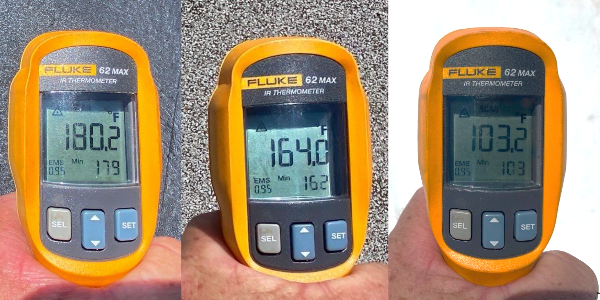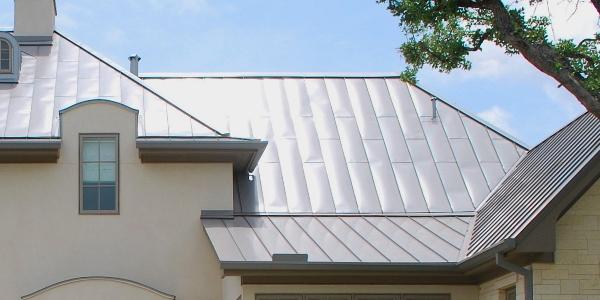The hot trend of cool roofing

By Western Colloid.
Here’s why upgrading a building for energy efficiency is a must for building owners.
How can upgrading a roof for energy efficiency make a difference? When a building has a cool reflective roof, it can be beneficial to the overall sustainability of the structure. Cool roofs increase solar reflectance and emittance and in turn, this extends the overall lifespan of the roof and lowers the building’s peak energy demand. Aside from keeping up with the hot trend of energy efficiency, here’s why it’s beneficial to upgrade your roof to a reflective one.
When a roof membrane is reflective, it lasts longer than a non-reflective roof membrane. Just look at what happens to a roof on a hot day. If it were 85 degrees out, the surface temperature of a roof can reach up to 170 degrees depending on how long it’s exposed to the sun. When exposed to heat, it gets hot during the day and expands and then contracts at night.
This process is called “thermal cycling”, or how a roof moves during the heat of the day to the cold of the night. Thermal cycling can damage the roof membrane, seams, edge details and penetrations. But thermal cycling effects can be lessened by having a cool reflective coating or membrane. Reflective coatings can be installed on nearly every type of existing roof surface, including BUR, single-ply and metal. And building owners who are looking to save money should consider the life cycle of their roof. If their roof does not need to be re-roofed as often, this is easier on the wallet.
Western Colloid has always focused on reflectivity with our roofing products, especially considering the developing energy crisis. Most, if not all, of our roof system specifications for the past 50 years have included reflective roof surfaces.
Cool roofs are great for all buildings, but for structures without air conditioning, having a reflective roof is a must. Take for example, a study that the state of California did on a home improvement warehouse in central California. This warehouse would get so hot in the summer without air conditioning that they would have to close early. After having a reflective acrylic roof installed, this made the temperature of the building much more manageable, and customers could feel more comfortable shopping there during the summer.
In Los Angeles, there was a book binding facility with a tan-brown color cap sheet roof. This made them also close early in the summer because the working conditions were too hot. The owners decided to have our 720 ElastaHyde white acrylic top coat installed and this also resolved their temperature problems.
Another warehouse that benefitted from our reflective roof systems was a large spice company that had to store their spices in bulk. Most spices you buy are stored for two to four years before being packaged. In normal conditions they have a long shelf life, but due to the excessive heat in this warehouse, this shelf life was drastically reduced. After they had one of our cool roof systems installed on their warehouse, the temperature profile of the building dropped and they avoided spending lots of money on expensive air conditioning.
Cool roofs don’t just save energy, they also increase the comfort level of employees working in the facility. Some of our customers have facilities with stables and dairy farms and excessive heat can be hard on the animals housed there. One of our customers was a local Sheriff’s department horse stables that had tan coated metal roofs. After a contractor installed a Western Colloid reflective roof on the metal, this made a huge impact on the comfort level of their horses.
Most of the cost of any energy efficient roofing system will be the reflective topcoat. If we could give you a final recommendation, it would be to spend a little more money and update your entire roof with a Western Colloid reinforced system. By doing this, you’ll get a sustainable and renewable roof that is waterproof and strong, and our warranties are renewable. Nearly every roof is a great candidate for a reflective roof system and with over 50 years of experience, Western Colloid is sure to find the right roofing solution for you.
Original article source: Western Colloid
Have a question? AskARoofer.
Find your local roofing contractor in the RoofersCoffeeShop® Contractor Directory.










Comments
Leave a Reply
Have an account? Login to leave a comment!
Sign In